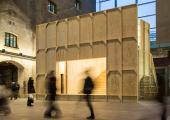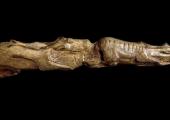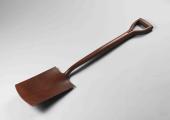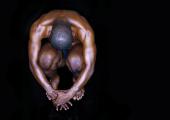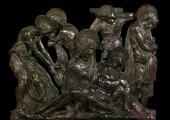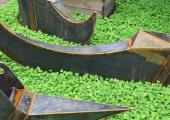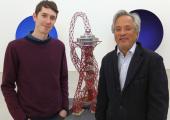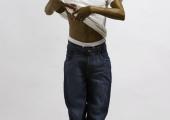Moore Rodin, Henry Moore Foundation
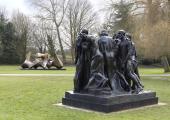
A deeply affecting dialogue between two giants of modernist sculpture
Rodin’s The Burghers of Calais have decamped from their usual perch next to the House of Lords to cosy up to the work of Henry Moore. They can be found at Moore’s home and studio at Perry Green in Hertfordshire, in a tellingly succinct anthology of the towering giants of modern European sculpture. At first glance Rodin’s extraordinary evocations of energy and sensuality, literally embodied in the models he studied so intensively, and Moore’s semi-abstracted helmet heads and upright motives, don’t have much in common.

